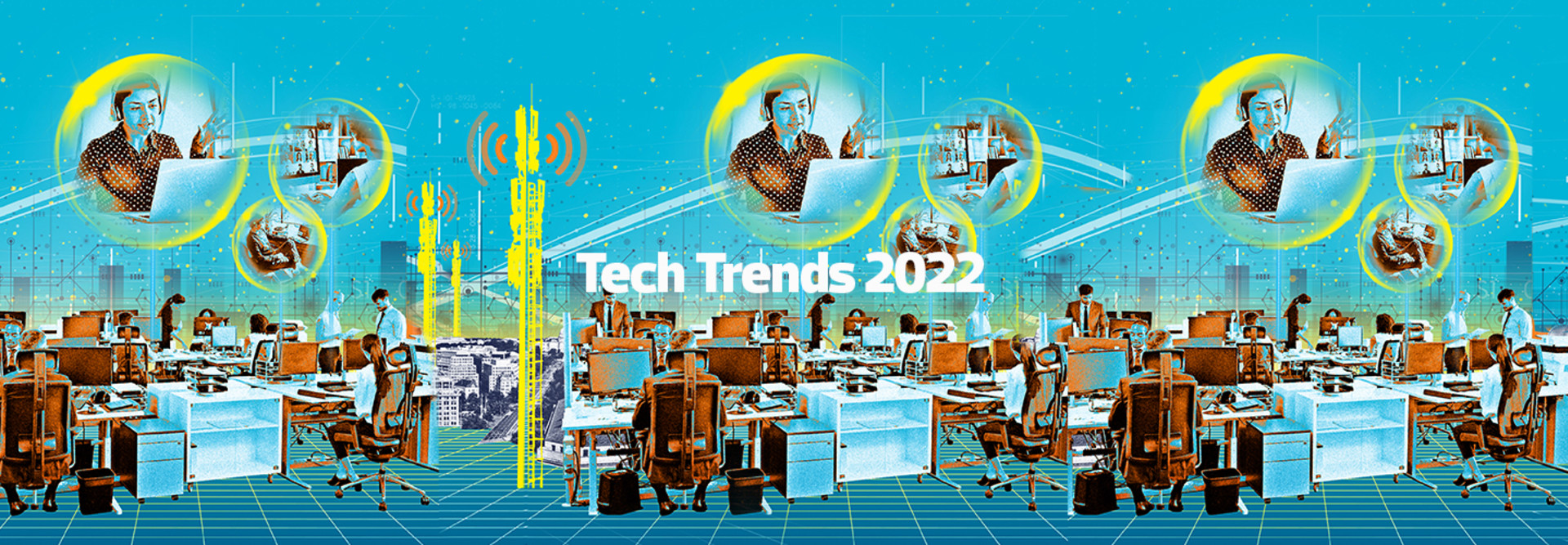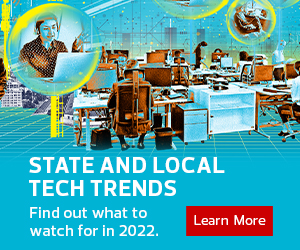What Are the Key Components of Hybrid Environments?
According to Heather Whitlock, head of industry strategy and business development at Adobe, five components are critical to crafting an effective hybrid work environment:
- Executive sponsorship. To deliver on hybrid work goals, agencies need executive sponsorship that includes a clear vision and structure. Executives must also be willing to find and access government funding to accelerate digital transformation, as legacy tools are no longer enough to empower hybrid work requirements.
- Evolving expectations. Government agencies need to attract and retain talent, and this means meeting staff expectations around technology. “They need tech to be productive,” says Whitlock. “When technology is working properly, this is no problem but if not, it can lead to disengagement.”
- Ease of access. Empowering hybrid work also means driving internal efficiencies. With many agencies lacking the resources to meet job demands and ensure productivity, organizations must focus on finding and deploying solutions that make it easier for staff to work from any location.
- Emerging compliance requirements. Existing requirements around the transmission and storage of personally identifiable information and emerging regulations around secure data access, e-signature use and the verification of digital documents require a thorough assessment of current policies and their ability to satisfy compliance expectations.
- Digital equity. “Agencies need to deliver equitable experience and design across the board,” says Whitlock. “They need to meet people where they are.”
EXPLORE: Complimentary resources from CDW can help your agency meet its telework needs.
Facing Challenges of the Next ‘New Normal’
While hybrid work offers the benefits of allowing staff to work where they’re most comfortable and productive, adoption at scale comes with challenges.
First is the need to assess current frameworks against changing needs. “Many agencies thought this transition would be temporary,” says Marlin McFate, CTO of public sector for Riverbed Technology.
“They found a lot of problems right off the bat with performance, capacity and complexity, and moving to working from home increased that complexity,” he says. “A lot of challenges come from the fact that we made lots of changes for the short term that weren’t effectively quantified and rationalized.”
Now that it’s clear hybrid work is here to stay, McFate says, agencies need to reassess what they’ve put in place, figure out where they need to make changes and determine how to bring hybrid work back into the larger fold of secure government operations.
Gretchen Brainard, offering portfolio leader for government and public services customer and marketing at Deloitte, says that the federal government now faces the additional challenge of a labor shortage as competition for skilled staff increases and private sector organizations offer permanent hybrid or remote work options.
“I don’t think the government challenge is all that different than a contractor challenge at this point, where we’re competing over the same set of workforce and recruiting the same set of people,” she says. “We need to find a new labor pool that we can then upskill and get into government positions.”
Click the banner to get access to customized hybrid work content by becoming an Insider,













